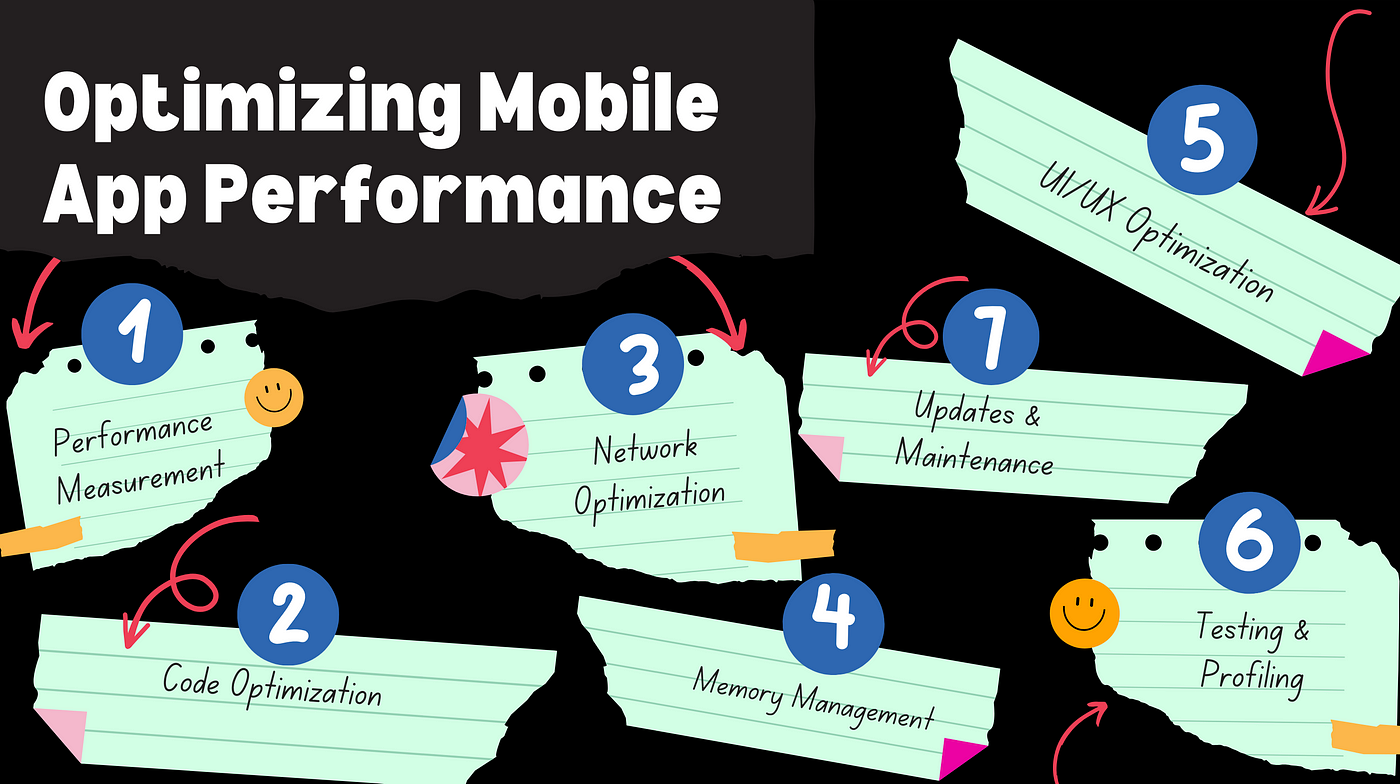Introduction
In today’s digital landscape, mobile applications have become an integral part of our daily lives, serving as gateways to information, entertainment, and services. However, as user expectations continue to rise, ensuring optimal performance of mobile apps is paramount for success. In this article, we’ll explore how cloud computing can be leveraged to optimize the performance of mobile applications, covering various strategies and best practices.
Understanding Mobile App Optimization
Mobile app optimization is a multifaceted process aimed at enhancing the overall user experience by improving performance metrics such as speed, responsiveness, and resource utilization. In the context of cloud computing, optimization strategies focus on leveraging cloud services to offload computation, streamline data management, and enhance content delivery.
Cloud Computing Integration for Mobile App Optimization
Cloud computing plays a pivotal role in optimizing mobile app performance by providing scalable infrastructure and a wide range of services tailored to the needs of mobile applications. By offloading computation and storage to the cloud, developers can reduce the burden on mobile devices and improve overall efficiency.
Optimization Strategies
- Offloading Computation to the Cloud
Offloading computation involves transferring resource-intensive tasks from mobile devices to cloud servers, thereby reducing processing overhead and improving app responsiveness. Commonly offloaded tasks include complex calculations, image processing, and data analytics.
Implementing offloading strategies requires careful consideration of factors such as network latency, data transfer costs, and security implications. By leveraging cloud-based computation, mobile apps can deliver faster performance without draining device resources.
- Cloud-based Data Storage and Management
Efficient data storage and management are essential for mobile app performance. Cloud storage services offer scalable and reliable solutions for storing and accessing app data, reducing the need for local storage on mobile devices.
By leveraging cloud-based databases and file storage services, developers can ensure seamless data synchronization across devices and improve app responsiveness. Additionally, cloud-based data management solutions provide advanced features such as automatic backups, data encryption, and real-time synchronization, enhancing both performance and security.
- Content Delivery Networks (CDNs)
Content Delivery Networks (CDNs) play a crucial role in optimizing content delivery for mobile apps, particularly for media-rich applications such as video streaming and image galleries. CDNs distribute content across a network of geographically distributed servers, reducing latency and improving load times for end-users.
Integrating CDN services into mobile apps involves configuring content caching, leveraging edge computing, and optimizing content delivery protocols. By delivering content from the nearest edge server, CDNs minimize latency and bandwidth usage, resulting in a smoother user experience.
- Serverless Computing for Scalability
Serverless computing offers a scalable and cost-effective solution for handling dynamic workloads in mobile applications. By abstracting infrastructure management and auto-scaling resources on-demand, serverless platforms such as AWS Lambda and Google Cloud Functions enable developers to focus on app logic without worrying about underlying infrastructure.
Integrating serverless architecture into mobile apps requires modular design, event-driven programming, and efficient resource utilization. By leveraging serverless functions for background processing, API integrations, and asynchronous tasks, developers can improve scalability and responsiveness while minimizing operational overhead.
- Caching Strategies
Caching plays a crucial role in optimizing mobile app performance by reducing the latency associated with retrieving frequently accessed data. By storing frequently accessed content locally or in a distributed cache, mobile apps can minimize network round-trips and improve responsiveness.
Implementing caching strategies involves identifying cacheable resources, defining cache expiration policies, and managing cache invalidation. By caching static assets, database queries, and API responses, developers can significantly reduce load times and bandwidth usage, resulting in a smoother user experience.
Performance Monitoring and Optimization
Continuous monitoring and optimization are essential for maintaining optimal performance in mobile applications. By leveraging performance monitoring tools and analytics platforms, developers can identify performance bottlenecks, track user behavior, and optimize app performance in real-time.
Tools such as Firebase Performance Monitoring, New Relic, and AppDynamics provide insights into app performance metrics such as response time, throughput, and error rates. By analyzing performance data and user feedback, developers can prioritize optimization efforts and implement targeted improvements to enhance the overall user experience.
Case Studies
Several successful mobile apps have leveraged cloud computing optimization strategies to achieve superior performance and scalability. For example, Instagram utilizes CDN services to deliver high-resolution images and videos to millions of users worldwide, ensuring a seamless browsing experience across devices.
Similarly, Spotify leverages serverless computing for dynamic content delivery and personalized recommendations, enabling real-time updates and scalability during peak usage periods. By adopting cloud-based optimization strategies, these apps have effectively addressed performance challenges and delivered exceptional user experiences.
Conclusion
In conclusion, cloud computing offers a myriad of optimization strategies for enhancing the performance of mobile applications. By offloading computation, streamlining data management, and leveraging CDN services, developers can improve app responsiveness, scalability, and user experience.
Continuous monitoring and optimization are essential for maintaining optimal performance in mobile apps. By leveraging performance monitoring tools and analytics platforms, developers can identify performance bottlenecks, track user behavior, and implement targeted optimizations to enhance app performance over time.
